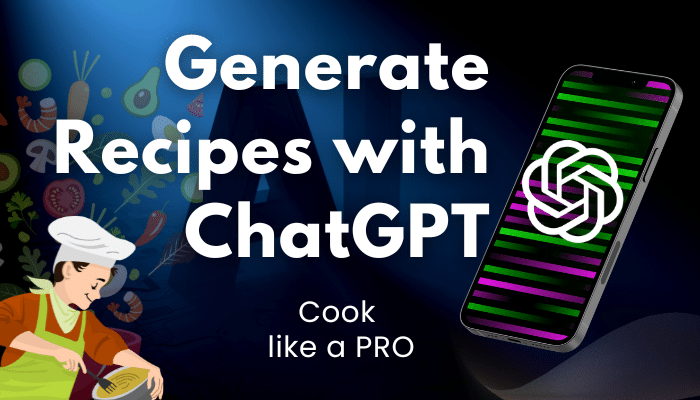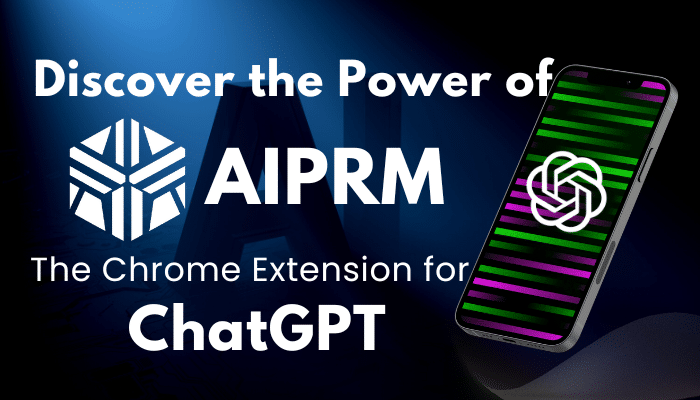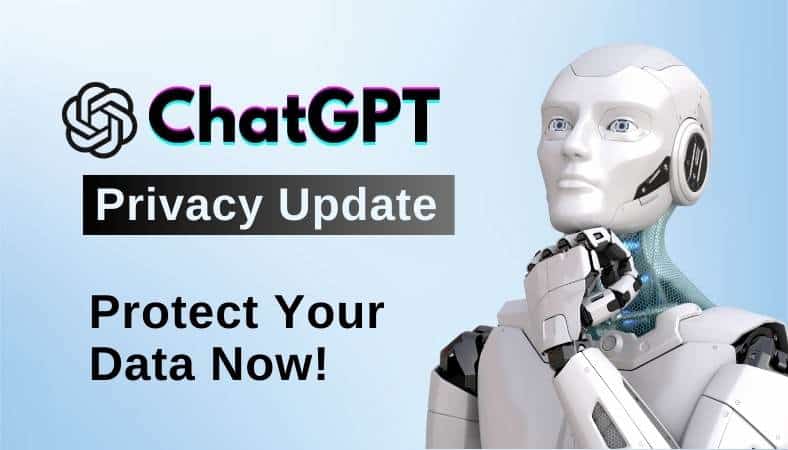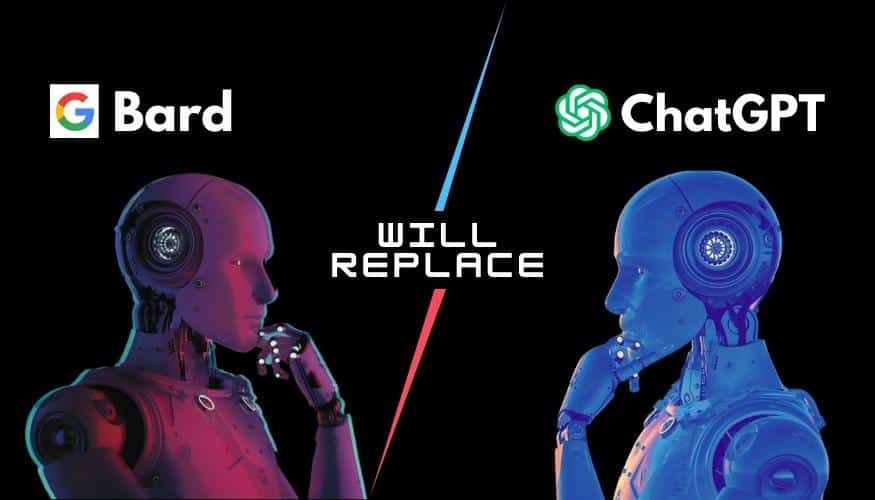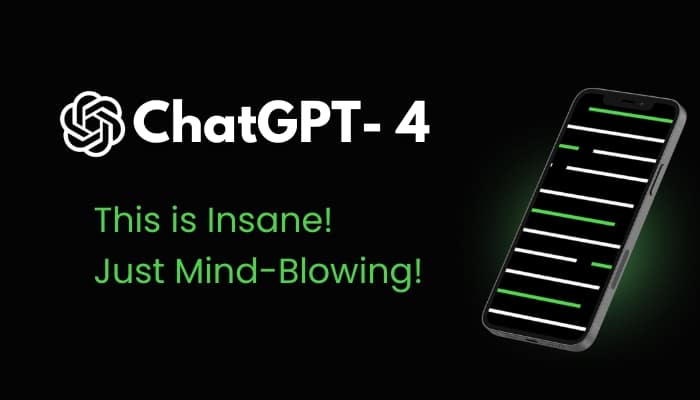
The latest version of ChatGPT, GPT-4, has just been released, and it promises to revolutionize the way we communicate with artificial intelligence. This new version boasts several exciting features that make it a game-changer for anyone who relies on AI for their work or personal life. In this article, we will take a closer look at what how ChatGPT-4 can do mind-blowing things for us!
[You might interested in: Lose weight using ChatGPT.]
What is ChatGPT-4?
ChatGPT-4 is a language model designed to understand and generate human-like language. Like its predecessor, ChatGPT-3, it uses a deep learning algorithm to analyze massive amounts of text data in order to develop an understanding of language patterns and grammar rules. The goal is to generate responses to queries that are similar to those of a human. This is an updated version of ChatGPT so you can access it as you do before. Just visit the chatgpt.ai website and you’ll see the New (14th March) version at the bottom.
ChatGPT-3 VS ChatGPT-4
While ChatGPT-3 is already known for its impressive language generation abilities, ChatGPT-4 takes things to the next level. Some of the key differences include:
- Higher Word Limit:
ChatGPT-4 is 8 times improved than ChatGPT-3. As it has a word limit of 25,000, means you can even input a full document as a prompt. While ChatGPT-3 had a word limit of 3000.
- More Languages:
ChatGPT-3 had fed limited knowledge of various languages while ChatGPT-4 knows more languages and can translate into many more languages which were missing in its predecessor ChatGPT.
- More Intelligently Trained:
It’s mentioned in the OpenAI’s official article that ChatGPT-3 wasn’t able to pass the Bar Exam and was in the last 10% of the candidates while ChatGPT-4 is much smarter and scored 90% in that exam.
As an AI language model, ChatGPT-4 does not have the ability to “pass” or “fail” a Bar exam in the same way that a human would. However, it is possible to compare the performance of ChatGPT-4 to that of its predecessor, ChatGPT-3, on various tasks that are typically associated with a Bar exam.
- Accurate Responses:
ChatGPT-4 is 82% more accurate than ChatGPT-3. As ChatGPT-3 sometimes generated incorrect answers or sometimes was not even able to generate responses according to current data. But GPT-4 can generate accurate responses.
- Faster Answers:
ChatGPT took 6 seconds average time for 100 tokens while GPT-4 takes 3 seconds average time for 100 tokens. It means ChatGPT-4 is two times faster than GPT-3.
- Multimodal:
ChatGPT-4 is a multimodal. It means that it can now read and analyze images and videos and can write image descriptions for you.
[BONUS: Create a YouTube Channel and YouTube Video with ChatGPT-4]
Advanced Features of ChatGPT-4
Let’s take a closer look at some of the key features that make ChatGPT-4 such an exciting development in natural language processing.
Increased Language Understanding
One of the most impressive features of ChatGPT-4 is its increased language understanding. By analyzing even more data than ChatGPT-3, this language model is able to better understand the variations of language and generate more accurate responses to complicated queries.
Improved Performance on Complex Tasks
ChatGPT-4 has also shown significant improvements in its ability to perform complex tasks. For example, it can now answer questions that require multiple steps, such as those involving mathematical calculations or factual knowledge.
I asked ChatGPT-4 to solve this expression “{3+4(5*15)-3*7+19(34)}” and it did it correctly!
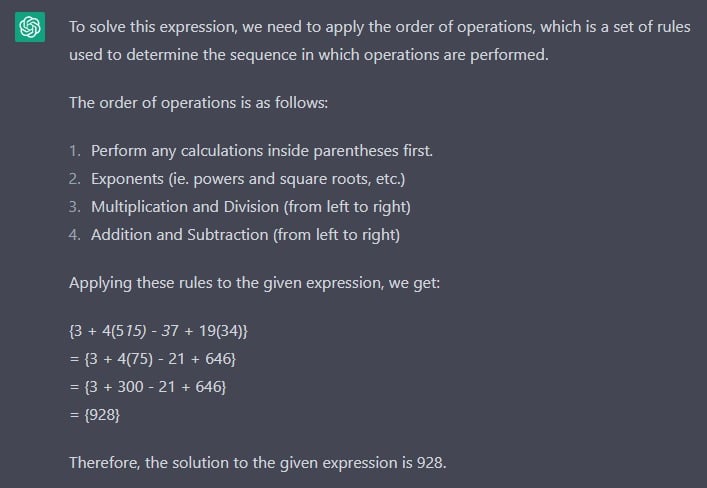
Better Multilingual Support
Another key feature of ChatGPT-4 is its improved support for multiple languages. While ChatGPT-3 was already able to generate responses in multiple languages, ChatGPT-4 is even better at understanding and generating natural language in languages other than English.
More Accurate and Diverse Responses
Perhaps one of the most exciting aspects of ChatGPT-4 is its ability to generate more accurate and diverse responses to queries. By using a larger dataset and more advanced algorithms, this language model is able to generate responses that are more varied than those of its predecessor.
For example, ChatGPT-4 can now generate responses that incorporate multiple perspectives or opinions, which can be particularly useful in scenarios where there is no clear “correct” answer. It can also generate responses that are more creative or imaginative, which can be particularly useful in fields such as advertising or content creation.
It’s funny that it can also solve riddles now which shows how intelligently trained is this! 🙂
I remembered a riddle from my childhood, which I inputted here and it solved it.
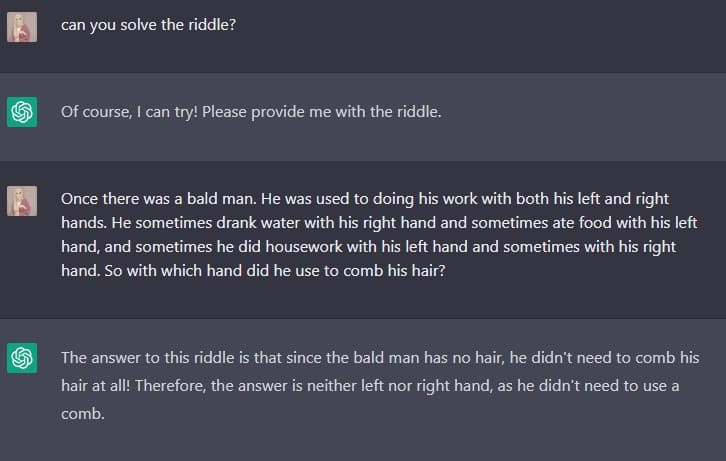
Can ChatGPT-4 Generate Images?
As an AI language model, ChatGPT-4 does not have abilities to generate images yet. However, it can indirectly analyze images through the use of image captioning or URLs of the image, which involves generating a text-based description of an image.
I input the URL of image with some ingredients, taken from google, and I asked GPT-4 which dish can I make using the ingredients in the image and it responded 95% accurate.

However, it is important to note that image analysis has limitations in the free version as the descriptions may not always be accurate or complete. While ChatGPT Plus may be able to generate accurate textual descriptions of visual content. Additionally, the model may struggle to accurately interpret complex or abstract visual concepts that are difficult to express in language.
Overall, ChatGPT-4’s ability to analyze images is currently limited to image captioning and it is still too early to say for sure whether ChatGPT-4 will support visual content generation. It is clear that the continued development of language-based models has the potential to significantly impact the way we create and consume multimedia content in the future. For example, ChatGPT-4 could be used to generate personalized videos for marketing campaigns or to create custom educational content that includes interactive visuals.
Limitations and Ethical Concerns
While the potential applications of ChatGPT-4 are exciting, there are also some limitations and ethical concerns to consider. For example, One such concern is the potential for bias in the training data used to develop the model. If the data is not diverse or representative of the real world, it could lead to biased or inaccurate responses from the model. This could be particularly problematic in areas such as hiring or criminal justice, where ChatGPT-4 may be used to make decisions with real-world consequences.
In addition to concerns about bias, there is also the possibility of malicious use of the model. For example, some people could use ChatGPT-4 to create fake news or propaganda, spreading misinformation that can harm society.
To address these concerns, it is crucial to ensure that ChatGPT-4 is developed and deployed in an ethical and responsible manner. This includes ensuring that the model is trained on diverse and unbiased data and that it is used in a way that benefits society as a whole. It is also important to be transparent about how the model works and to monitor its use to detect and prevent any misuse. By doing so, we can maximize the potential benefits of ChatGPT-4 while minimizing the risks and ensuring that it is used to promote the greater good.
Future Developments and Implications
As with any new technology, the development of ChatGPT-4 is just the beginning its impact is huge. Language programs like ChatGPT-4 get better and better, they have the potential to change the way we communicate with each other and with technology. This could bring about new opportunities for creativity and collaboration, but it also raises important questions about how we use language in the digital age.
Conclusion
In conclusion, ChatGPT-4 is an exciting new development in the world of AI communication. Its advanced features and capabilities make it a valuable tool for businesses, individuals, and anyone who relies on AI for their work or personal life. However, it is important to use ChatGPT-4 responsibly and ethically and to remember the role of human interaction in AI communication.
Frequently Asked Questions:
ChatGPT-4 is the latest version of ChatGPT and a language model designed to generate human-like language.
ChatGPT-4 is larger, has better training data, and can generate more accurate and diverse responses to complex queries.
ChatGPT-4 is expected to have a number of advanced features compared to its predecessor ChatGPT-3. Some of these features include a larger number of parameters, which can lead to more accurate and natural language responses, as well as better handling of context and multi-turn conversations. Additionally, ChatGPT-4 may have the ability to generate more diverse and creative responses, which could make interactions with the model more engaging and interesting for users.
While ChatGPT-4 is designed to be highly accurate and responsive, there is always a risk of errors or misunderstandings. It’s important to keep this in mind when using ChatGPT-4 and to always verify the accuracy of its responses when possible.

